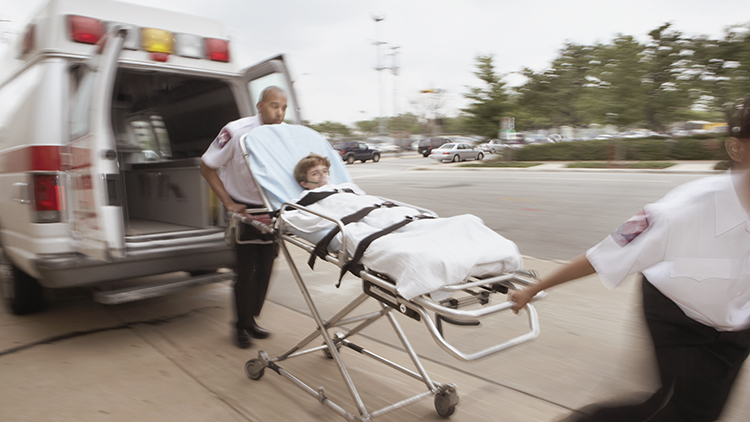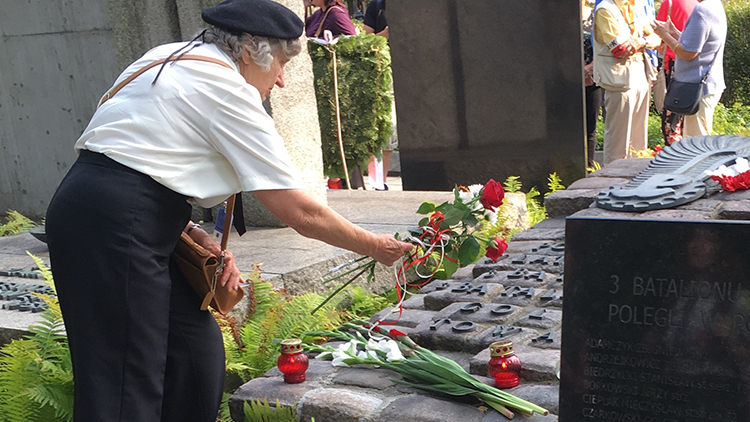
In the 1960s, Pittsburgh, like many other cities in the United States, was segregated by race. But Black people were not the only ones in Pittsburgh who suffered from a lack of ambulance care. Instead of doctors or medics, police responded to medical calls. There were ambulances, but they didn’t offer emergency medical care for any residents.
In fact, in 1966, the city’s mayor collapsed. Police raced him to the hospital, but they could not provide medical care for him. He died soon after.
In 1968, that began to change. After the assassination of Dr. Martin Luther King, Jr., riots in Pittsburgh’s Hill District left shops in rubble and put hundreds of people out of work. It was more and more difficult for Black people to get police or taxis to pick them up if they were sick.
Phil Hallen ran a foundation in the Hill District to bring health care to poor people. Dr. Peter Safar was working on ways to treat patients on the way to the hospital. Mr. Hallen and Dr. Safar teamed up to form Freedom House. They wanted to teach people how to deliver medical care in ambulances.
Freedom House recruited young Black men to work as emergency medical technicians. They did not have any training for the job. Some of them hadn’t even finished high school. But, before long, the new medical technicians were saving lives all over Pittsburgh. In the 1970s, Freedom House became so successful that the city took it over. Since then, Pittsburgh has become a hub for healthcare and teaching hospitals.
What Do You Think? What was so special about Freedom House? How did Freedom House affect our lives today?
Photo Credit: ©ERproductions Ltd/Blend Images LLC



